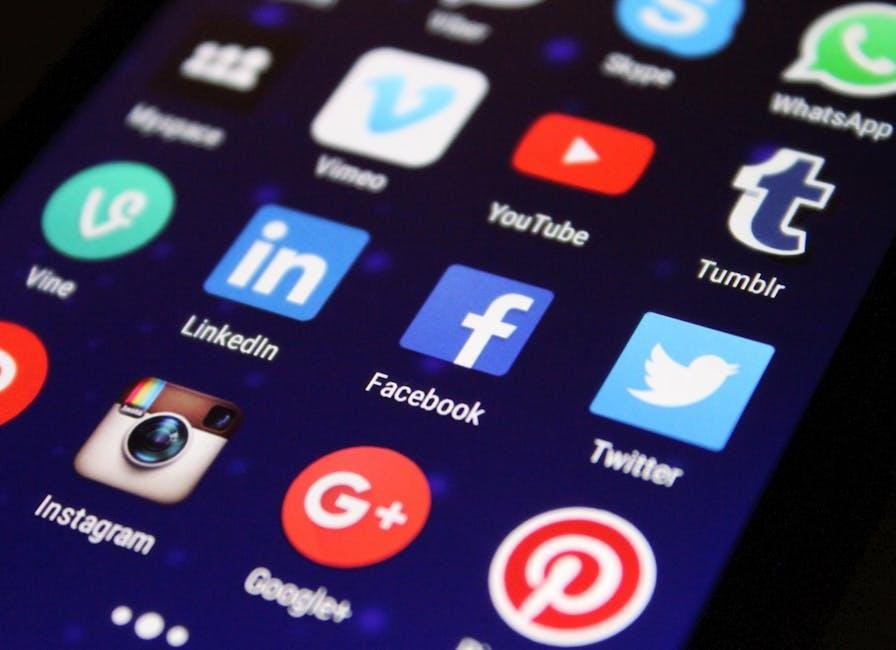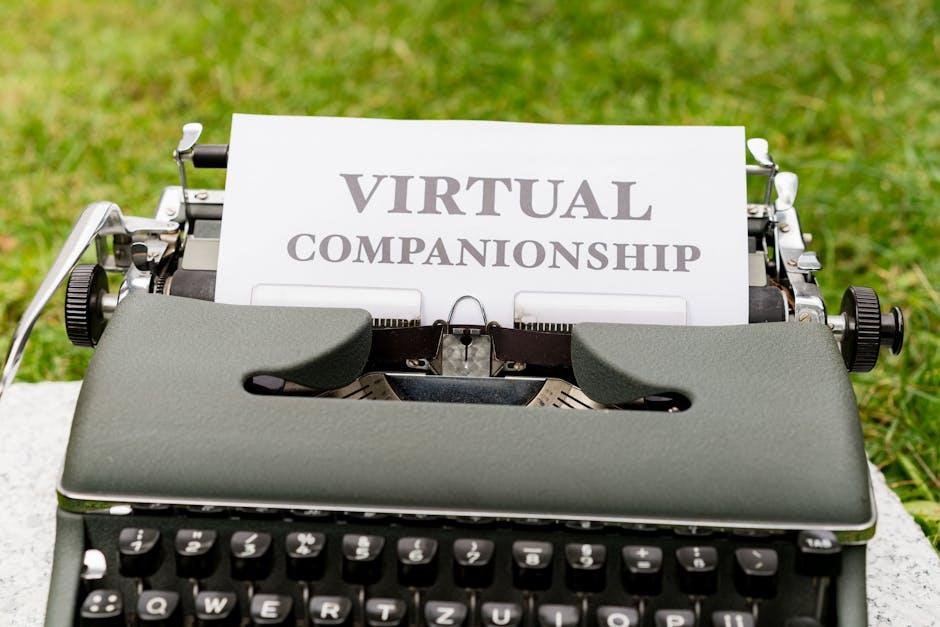In a world where interactions are increasingly filtered through the lens of screens, the delicate interplay between social media and mental health has become a pressing concern in contemporary society.On one hand, platforms like Instagram, Twitter, and Facebook have spun a vibrant web of connectivity, allowing individuals to share experiences, find communities, and express themselves in ways that were once unimaginable. Yet, on the flip side, this digital tapestry is also woven with threads of anxiety, comparison, and isolation. As we navigate the curated lives presented to us online, it is essential to unravel the complexities of how social media can both uplift and undermine our mental well-being. This exploration will delve into the duality of social media’s impact, highlighting the radiant spots that foster positivity alongside the shadows that can cloud our psychological landscape. Join us as we venture into the nuanced realm of likes, shares, and tweets, seeking to understand the intricate dynamics that shape our mental health in the age of digital connection.
Exploring the Dual Impact of Social Media on Mental Wellbeing
social media platforms have revolutionized communication,offering unique opportunities for connection and self-expression. Positive impacts of social media may include:
- Enhanced social support from friends and family
- Access to mental health resources and educational content
- Opportunities to engage with like-minded individuals
However, the darker side of social media cannot be ignored, as it often contributes to negative mental health outcomes.Negative effects might involve:
- Increased feelings of isolation and inadequacy
- Exposure to cyberbullying and harassment
- Unrealistic comparisons with curated online lives
Understanding thes dual effects is crucial for developing a balanced approach to social media use in today’s digital age.

Fostering Positive Connections: The Benefits of Online Communities
Online communities have blossomed into dynamic hubs where individuals can share experiences, offer support, and cultivate friendships.The beauty of these digital spaces lies in their ability to connect like-minded individuals, fostering empathy and understanding. Participants often find solace in knowing others face similar challenges, which can be incredibly validating. This sense of belonging, especially for those who might feel isolated in their offline lives, can lead to increased self-esteem and enhanced mental well-being. Moreover, the diversity of these communities allows members to explore varied perspectives, enriching their understanding of the world and promoting emotional growth.
Engagement within these groups does more than just mitigate feelings of loneliness; it also encourages personal advancement and resource sharing. When individuals come together, they can create a wealth of knowledge through collective experiences.Some key benefits include:
- Mental Health Support: Access to peer support and encouragement.
- Resource Sharing: Exchange of coping strategies and helpful information.
- Skill Development: Opportunities to learn from one another and gain new insights.
Through participation in these communities, individuals can forge connections that uplift and inspire, transforming the digital landscape into a nurturing space for mental wellness.

Navigating the Challenges: Recognizing Negative Influences
In the vast landscape of social media, users frequently enough encounter a plethora of messages and imagery that can shape their perspectives and emotions. The allure of idealized lifestyles, unattainable beauty standards, and constant comparison can considerably contribute to feelings of inadequacy and anxiety. Recognizing these negative influences is the first step toward mitigating their impact on mental health. Elements to watch out for include:
- Perfectionism: Posts that highlight unrealistic lifestyles or appearances.
- Comparison Culture: Engaging with content that leads to self-doubt when comparing oneself to others.
- Cyberbullying: Negative comments or interactions that may affect self-esteem and emotional well-being.
Understanding the specific triggers that can foster these feelings can empower users to take proactive measures. One effective strategy involves curating a positive feed by unfollowing or muting accounts that invoke negativity. Another approach is to establish healthy boundaries around social media usage by allocating dedicated offline time. consider the following table for swift reference on how to identify and counter these influences:
| Negative Influence | Counter strategy |
|---|---|
| Perfectionism | Limit exposure to influencer accounts and engage with authentic content. |
| Comparison Culture | Focus on personal growth and individual achievements. |
| Cyberbullying | Report and block negative users, surround yourself with supportive communities. |

Strategies for a Healthier Online Experience: Tips for Balance and Resilience
To cultivate a healthier online experience, it’s essential to establish boundaries that promote a more positive interaction with social media. Start by recognizing your triggers—those posts or topics that lead to negative feelings. By making a conscious effort to unfollow or mute accounts that contribute to stress or anxiety, you can significantly improve your feed. Additionally, set specific times for checking social media rather than allowing it to consume your day.Consider creating a designated phone-free zone during meals or before bedtime to encourage better mindfulness and presence in your interacting moments.
Building resilience in your digital life also involves enhancing your emotional intelligence. Educate yourself on understanding the impact of social media portrayals on your self-worth. Engaging in self-reflection can help you assess how online interactions affect your mood. Establish a routine of balancing positive content consumption, such as following uplifting accounts or engaging in supportive community groups.Incorporate activities that foster real-world connections and personal growth,like hobbies and exercise,to build a strong foundation for your mental well-being. Remember,a positive online environment starts with you!
In Conclusion
In the intricate tapestry of our digital lives,social media weaves a complex pattern that reflects both the light and the shadows of our mental health. As we traverse this ever-evolving landscape, it’s essential to recognize the duality it presents. On one hand, platforms serve as bridges, connecting us with friends, communities, and support networks that can uplift and inspire. On the other, they can also amplify feelings of isolation, anxiety, and self-doubt.
Ultimately, the impact of social media on mental health is not a one-size-fits-all narrative; it is a personal journey shaped by how we engage with the digital world. By cultivating mindfulness in our online interactions and prioritizing our mental well-being, we can harness the positive aspects while navigating the potential pitfalls.
As we embrace this modern era of connection, let us remain vigilant and intentional, crafting a digital existence that enriches our lives rather than detracts from them. Through awareness and reflection, we can transform social media from merely a tool of distraction into a canvas of potential, where our stories are told authentically and our mental health flourishes.

